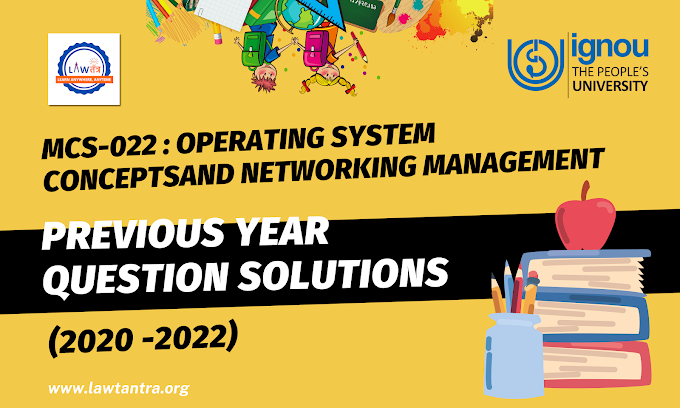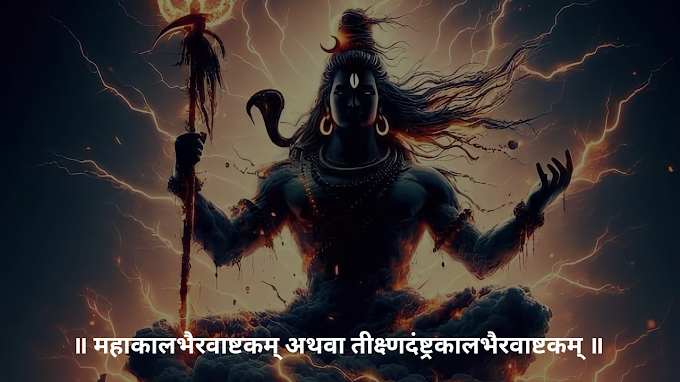Events before the constitution
Our Constitution is not the result of revolution. This is the result of nearly a hundred years of efforts. Several attempts were made for this. There was participation of innumerable people in these. Some were arsenals, and some were the result of the collective efforts of many individuals and institutions dedicated to non-violent freedom.
Proclamation of 1857 War and Empress
In 1857, soldiers and the public fought the British by holding arms and holding arms to achieve independence in North India. This movement was unsuccessful for several reasons. The British oppressed it and committed brutal atrocities. The political change was that the rule of the East India Company ended and the direct rule of the ruler of England came into force. Queen Victoria made a detailed announcement on 1 November 1858. The kings of the princely states were assured that treaties and treaties made with them would be respected and followed in letter and spirit. The declaration clearly stated that the local public would not be Christianized by force.
Demand of indian parliament
Around this time, Shri Harishchandra Mukherjee demanded the Indian Parliament by writing in the Hindu Patriot.
Indian Council Act, 1861
After the declaration of Victoria of 1858, the Indian Council Act, 1861 and then the Indian Council Act, 1892 were passed. These Acts constituted the Council Governor and the Council Governor General and vested their powers. Till now the council had only representatives of the government. Now it was changed for the first time. The council (at least 6 and not more than 12) was allowed to add additional members. His tenure was kept for 2 years. It was prescribed that at least half of them would be non-government. These non-government members were not elected by the public. The government used to select them.
The work of the Council was to enact laws and regulations. Only a proposal could be made to make legislation in the Council. Legislative powers were also vested in the Governor General in legislative formulation. All important Bills required his prior approval. He could veto any bill or reserve it for the emperor's permission. He could legislate by ordinance.
Indian Council Act, 1892
The number of additional members was increased by the Indian Council Act, 1892. Now these could have been at least 10 and not more than 16. The powers of the Legislative Councils were also increased. Under this Act, by making new rules, members were allowed to ask questions, there were also some restrictions on this, that is, questions could not be asked on some subjects. Members could also discuss the budget.
Minto Marley Reforms, 1909
The Constitutional Act which was made after the Act of 1892 was the Indian Council Act, 1909. Lord Mallen was the Secretary of State for India at that time and Lord Minto was the Governor General in India. The reforms proposed by both of them were implemented by this Act.
The council's member numbers were increased. The number of additional non-government members was increased to 24 but the majority remained the official members. His acts also increased. He was empowered to demand a split on the budget. The member who asked the question could also ask supplementary questions.
The most painful of the changes made by this Act was the separate electoral college and reservation of seats for Muslims. This seed resulted in the partition of the country.
Muslim League's Maumika
On 1 October 1906, the Muslim League, led by His Majesty Aga Khan, requested the Governor General that, "We should be given a position which suits not only our numerical strength but also our political importance." The value of the contribution we have made to protect your empire should also be valued. See also what was our situation in India about a hundred years ago ”. Governor General Lord Minto, while replying to Aga Khan said, "I completely agree with you, the Muslim society remains convinced that they have political rights." Will be protected ”.
It is well known that the representation made by the Muslim League was a play done at the behest and gesture of the British Government. It had two architects - Archbold who was the Principal of Aligarh College (later the college became Aligarh Muslim University and Colonel Dunlop Smith, who was the Viceroy's personal secretary, was not a Muslim League political organization. Its members were a total of six persons. Chief among them Aga Khan, the Nawab of Murshidabad and Raja of Mahmudabad. The League was founded as a result of the assurances given by Lord Minto in December 1906. Lady Minto wrote that Lord Minto wrote 6.2 million Muslims against the Raj Pulling apart from joining the group.
Sir Syed Ahmad Khan sowed the seeds of partition in 1887 itself. Mohammedan Anglo Oriental College was founded by Sir Syed Ahmed in Aligarh. Sir Syed Ahmad propounded the theory that Muslims are one nation. He urged Muslims not to join Congress. This is in two of his speeches. One which was given in Lucknow on December, 1887 and the other in Meerut on March 1888. By encouraging the upper class Muslims (who were called Ashraf), the British promoted their tendencies towards communalism and segregation, which made them move away from the mainstream.
The changes made by the Act of Indian Council Act, 1909. Were they summarized as follows
- This increased the number of members of the Central and Provincial Councils.
- Muslims were given separate electorates and representation in the provinces of Madras, Mumbai, U.P., Bengal and Assam.
- Now the Legislative Council had three types of members.
- Members who were members of the Viceroy or the Executive Council of the Governor - Government members
- Designated non-official member
- Public representatives
- The principle of election was recognized in this.
- Elections were not to be from territorial constituencies. The representation was of classes or interests or of corporate bodies or confluences. All elections were indirect.
- The functions of the Council were increased. Members were empowered to debate and ask supplementary questions.
- Some topics could not be debated. Such as relations with foreign countries, relations with native kings, subjects which are under consideration of the court, etc.
- It was clear in Marley's mind that the 1909 Act was not intended to establish parliamentary democracy.
Start of partition
The British government created separate electorates for Muslims through the 1909 Act. The aim was to make them strong against the Congress. This provision was discriminatory. Muslim voters could elect their representatives to the provincial and central legislatures by direct election through separate electorates. But ordinary voters could choose their representatives indirectly. For other Muslims, a sense of alienation arose in them from a separate electoral college, which led to the partition of the country on the basis of caste. Thirdly, the formation of separate electorates for Muslims encouraged other minorities to submit similar demands. Other minorities were Sikhs, Indian Christians, Europeans, Anglo-Indians and Untouchables. This threatened the unity of the country. The Government of India Act, 1919 created a special electoral college for the Sikhs. The Government of India Act, 1935, empowered the untouchable society, Indian Christians, Europeans and Anglo-Indians to be elected representatives.
Rise of Indian Nationalism
Meanwhile, the great nationalist leader Lokmanya Bal Gangadhar Tilak gave the rise of Marathi nationalism declaring that Swarajya will be our birthright. The revolutionaries had formed many organizations and were active in a large part of India. In 1909 Madan Lal Dhingra murdered Sir Curzon Vayali in London. Curzon Wyllie was Lord Marley's bodyguard. Shri Arvind Ghosh and many others were taking an active part in the freedom movement. Socialism and religious reform movements also led to the rise of nationalism. In North India, in some parts of Punjab, Uttar Pradesh and Rajasthan, this movement was extended by the Arya Samaj established by Swami Dayanand. After the death of Swami Dayanand in 1883, this movement was given direction and momentum by Lala Hansraj, Gurudutt, Lala Lajpat Rai and Swami Shraddhanand.
Theosophical Society was founded in New York in 1875. The society became popular from 1893 after Anne Besant's arrival in India. Besant accepted India as his motherland. He started the Homeroom movement and presided over the 1917 session of the Congress. In 1893, Swami Vivekananda influenced the whole world. The countrymen later considered him a patriotic saint. He founded the Ramakrishna Mission in 1897. Although Swamiji abstained from politics, he was the source of inspiration for all patriots and freedom fighters.
Nationalist
In the late 19th century, it was seen that a section of nationalists started criticizing the Congress. At this time, the leadership of the Congress was in the hands of the soft leaders. The nationalists (whom the British called extremists) had no faith in praying and applying to the British, they were in favor of freedom, self-government and open opposition to the British Raj. Shri Arvind Ghosh and Lokmanya Tilak provided the ideology for this movement. His sources of inspiration were Vedas, Upanishads and Gita.
The conference which took place in Surat in 1907 led to a fight between the two parties and the session was suspended indefinitely. The British were pleased with this. Lord Minto called it his great victory.
Revolutionary
In 1917, Lala Hardayal began the revolutionary movement in the United States and in Canada. Rasvihari Bose, Shachindranath Sanyal, planned an armed rebellion. For this, the day of 21 February 1915 was fixed, but the plan was revealed by the treason of one person. Raja Mahendra Pratap, V.N. Chattopadhyay, Bhupendra and Barkatullah also attempted armed rebellion. King Mahendra Pratap established a transitional government in Kabul. Bagha Jatin led the rebels in Bengal. Vinayak Damodar Savarkar created revolutionary groups in England and Europe.







1 Comments
Super
ReplyDeletePlease do not enter any spam link in the comment box.